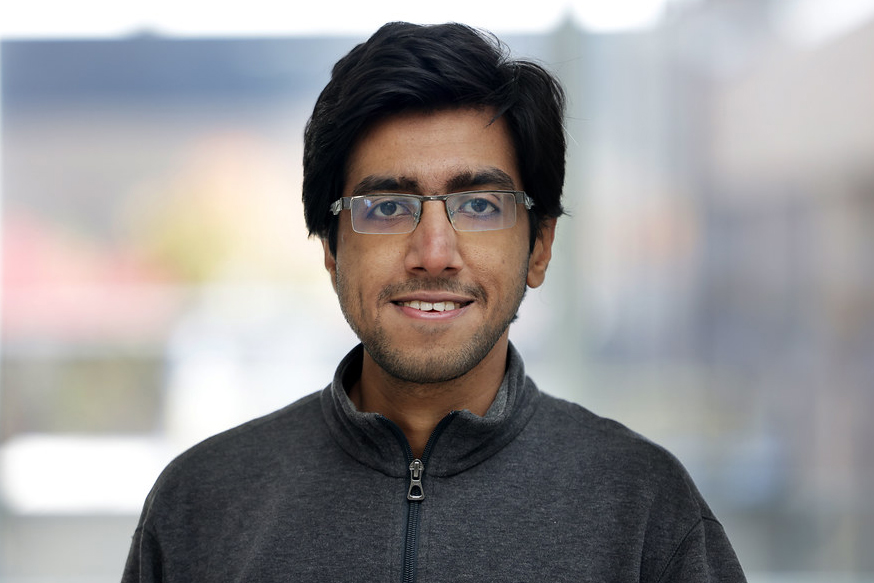Ishtiaque Ahmed Navid awarded the Richard and Eleanor Towner Prize for Distinguished Academic Achievement

PhD student Ishtiaque Ahmed Navid has been awarded the Richard and Eleanor Towner Prize for Distinguished Academic Achievement from the College of Engineering, which recognizes outstanding graduate students who excel in research, leadership, and academic performance. Navid’s current research is focused on the development of nanomaterials for artificial photosynthesis and optoelectronic devices.
“My research work will provide a scalable and stable platform for low-cost green energy production and also help realize the ultra-small next-generation display technology,” Navid said. “This could make a significant impact on the vast community involved in solar and photonics research.”
Artificial photosynthesis processes like photocatalytic (PC) and photoelectrochemical (PEC) solar water splitting have become very promising means of clean energy production, which is crucial for reducing carbon emissions that worsen climate change. Navid is focused on Mg-doped GaN/InGaN-based nanostructures for direct solar water splitting using both PC and PEC reactions.
“We successfully developed a very highly efficient photocatalyst with a world record solar-to-hydrogen efficiency of more than nine percent in PC water splitting,” Navid said. “We also demonstrated a photocathode with approximately ten percent solar-to-hydrogen efficiency with 100 hr stability in unassisted PEC solar water splitting.”
My research work will provide a scalable and stable platform for low-cost green energy production and also help realize the ultra-small next-generation display technology.
Ishtiaque Ahmed Navid
In addition to artificial photosynthesis, the future of ultrahigh-resolution display technology will require the development of a submicron-scale, high-efficiency, and multicolor light source on a single chip with minimum power consumption. For such applications, III-nitride semiconductors like GaN, InN, and their alloys InxGa1-xN have significant potential due to their direct and tunable energy bandgaps, as well as structural stability. Navid has conducted material synthesis and characterizations for optoelectronic devices such as InGaN/AlGaN-based green color micro-LEDs using selective-area-growth techniques.
“In this device, we have been able to achieve Si substrate-based ultra-stable LED operation at an ultra-small scale,” Navid said.
Navid has authored over twenty articles on semiconductor nanomaterials, and he has published his research in Nature, ACS Energy Letters, Light: Science & Applications, Advanced Optical Materials, and Applied Physics Letters. His work has been featured in several conferences, including Compound Semiconductor Week and Electronic Materials Conference.
In addition, Navid co-chaired several technical sessions at Compound Semiconductor Week 2022. He has volunteered for the College of Engineering’s Xplore Engineering Workshop, where he helped middle school students build interesting laser-based projects. He currently serves as the Industry Chair for the Optics Society at the University of Michigan.
 MENU
MENU 
